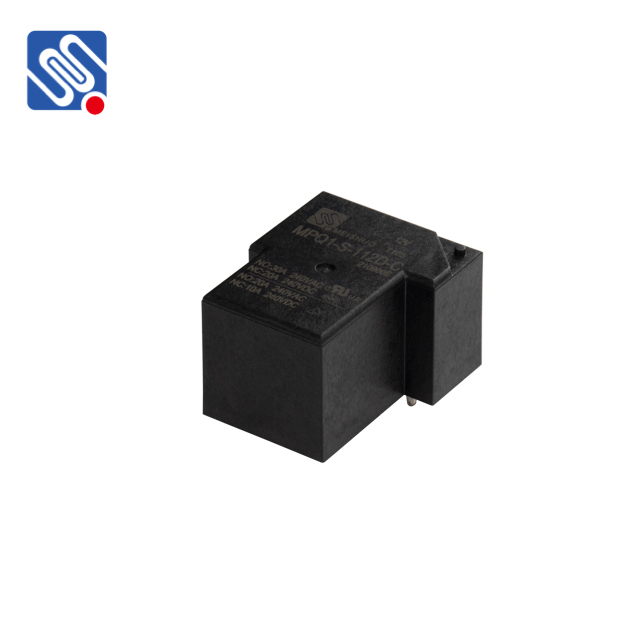understanding the 12v dc relay: a key component in electrical circuits
Release time:2025-08-07 20:25:40
A 12V DC relay is an essential component in many electrical and electronic systems. It is widely used to control various high-power devices with the help of low-power signals. Relays are crucial for automating tasks and providing safety in many applications, ranging from automotive systems to industrial machinery. In this article, we will explore the working principle of a 12V DC relay, its construction, typical applications, and the factors to consider when choosing one for your project.

What is a 12V DC Relay?
A relay is an electrically operated switch that allows you to control a circuit by using a low-power signal. The "12V DC" part refers to the voltage used to energize the relay's coil. When the coil is energized by the 12V DC signal, it creates a magnetic field that causes a switch to either open or close. This enables the relay to control a high-power circuit, often running at voltages and currents much higher than the control signal.
Relays are widely used in situations where an electrical circuit needs to be controlled by a separate, low-power circuit. They are typically made up of a coil, an armature, a spring, and a set of contacts. When the relay is powered, the coil generates a magnetic field that moves the armature, either closing or opening the contacts.

